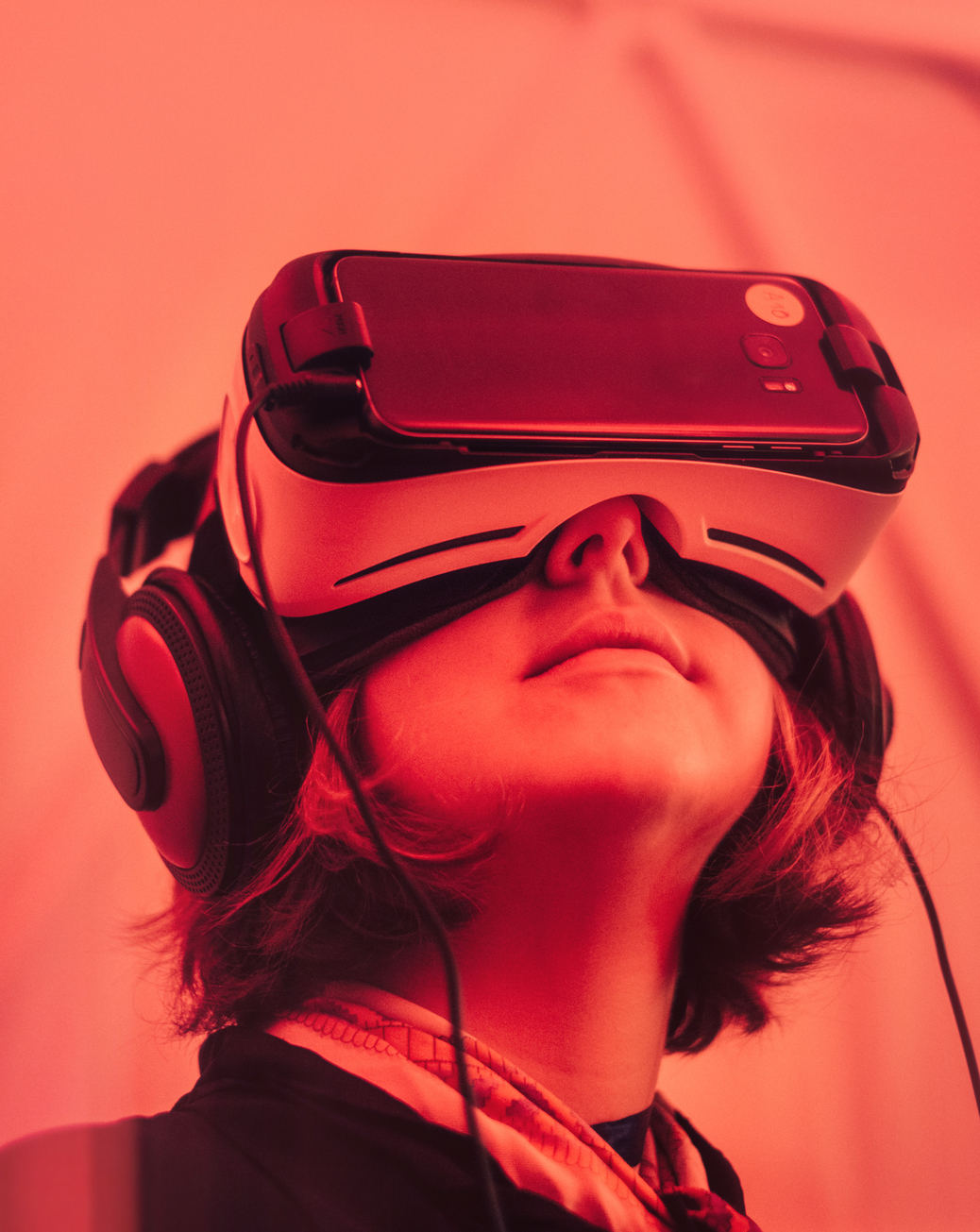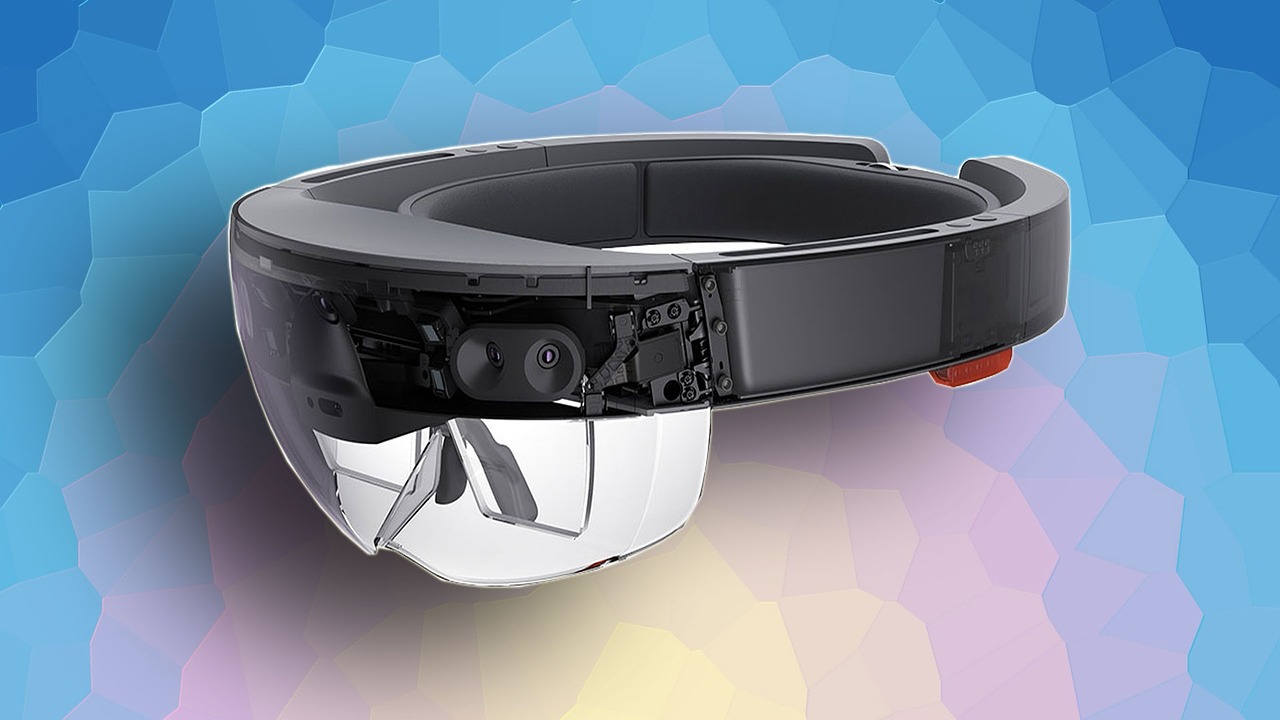Virtual Reality: Reshaping of Retail
It’s Sunday morning and it’s time to enjoy your warm toast and coffee. You’re thinking of staying home to rest for the day. However, your kids want you to take them to the mall to buy some toys. Your spouse is still on their business trip to Dubai so you feel like telling your kids “next week, okay?”, putting a frown on their faces. Rather than disappointing them, the next second, you and your family are already walking in the mall. You find your kids’ favorite store, you buy them some educational toys. Lovely smiles can be seen drawn across their faces. You then take off your virtual reality device and spend the rest of the day at home. Imagine how many hours of ‘getting ready’, sitting through traffic or time spent before shopping, have been saved by these devices.

Since its global debut, consumers are becoming more and more familiar with the concept and idea of virtual reality and augmented reality. Products and services like the Oculus, Google Glass and Microsoft HoloLens are leading its way to familiarise the general public with VR and AR. In 2016, we have experienced how augmented reality has reached its peak with Pokemon Go and when Snapchat introduced its AR feature. As of now, in the midst of growing industries, augmented reality and virtual reality are able to present opportunities for retailers to change how consumers shop. Retailers can leverage VR and AR to enhance brand interaction and customer’s experiences for either in-store or out-store. According to a recent Euromonitor study in early 2017, both VR and AR can serve to enhance retail experiences in three things:
Driving Traffic to Stores
Both VR and AR are able to attract people to offline (brick-and-mortar) stores. One example of AR driving traffic to store is Pokemon Go’s partnership with McDonald’s in 2016 whereby they inserted in-game hubs in 3000 of McDonald’s outlets in Japan. Other retailers such as North Face and Toms are already setting up their VR test on their stores, attracting people to come by and directly experience their ongoing marketing campaign.
Marketing Tools
By changing how people see their surroundings, VR and AR are capable to be of significant use. Through VR can you now imagine what it feels like to ride luxurious cars or go sailing in the red sea in the middle of the day, all from the comfort of your own homes. This would greatly improve brand experiences which were never there before. VR is a great new marketing tool to experience things from your product or service. One example is from BMW.
AR on the other hand, blends digital and physical visuals. People can now choose how their favorite bed would look like if they brought it home, this allows them to select the best furnitures for their home. This also applies for the fashion and beauty industries. Through AR can customers digitally apply their make-up, even dress themselves in the clothing of their choice. This just further shows how great of a use AR and VR are for marketing.
Virtual Stores
With VR can it bring your offline stores virtually to your customers’ home, letting your offline stores interface to their home. The goal of a virtual store is to make the path to purchase as seamless as possible, making it easier for people to buy your products. One interesting example is Alibaba, its VR store allows customers to give a gesture for a head-nod to put items in cart.
Virtual Commerce Strategy

VR and AR can leverage businesses (especially for retail) by enhancing customer experiences. From a business point of view, businesses need to craft its strategy for VR and AR. A Harvard Business Review (HBR) called the strategy ‘virtual commerce strategy’. An article from there suggested that there are five questions that businesses need to answer before they craft their virtual commerce strategy:
- Which Device Would Be More Useful? VR or AR?
Identify what each of these devices do and how familiar these devices are to customers. HBR claimed that people are less familiar with VR because, as of now, the use of this device is limited. - Should I Put It In Store or Out Of Store?
Whilst AR and VR are different, you should inform yourself on which one would be more beneficial. If driving traffic to your stores through VR is more useful, consider employing in-home VR use. - Who’s Likely to use VR and AR?
Look at your data, are your customers already accustomed to VR or AR? You can also get insights by searching from the user base of social media and games that already use VR and AR. - How Can I Educate Customers About Its Core Value Proposition?
Communicate with your customers about how these devices will solves their pain points. Those who already use VR and AR in the long-run are aware of these devices’ value proposition. - How Will VR and AR Add Value for the Business?
Align your virtual commerce strategy with your inbound or outbound marketing strategy, and set engagement goals that will ensure that your virtual commerce strategy will add value to your business.
Virtual Commerce Opportunities In Malaysia
 Statista, one of the most reliable statistical data, found that approximately 20 million people are connected to the internet (68.7% Internet Penetration rate) and expectedly 17.8 million people will have their own smartphone by 2018 in Malaysia. The future of virtual commerce may have already set foot in Malaysia. From mobile internet to e-commerce and social media behavior, we can see that more and more Malaysians are familiarising themselves with emerging technology trends and online purchasing. In fact, Malaysian Digital Economy Corporation (MDEC) Director of E-Commerce Wee Huay Neo explained to The Sun Daily that “Malaysia’s e-commerce will continue to be highly attractive with plenty room to grow. The increase in consumer spending, the growing number of internet users and the greater acceptance of mobile e-commerce are the main drives”. According to her, e-commerce contribution to the country’s gross domestic product (GDP) is already 5.8%, which is only 0.6% away from their 2020 target.
Statista, one of the most reliable statistical data, found that approximately 20 million people are connected to the internet (68.7% Internet Penetration rate) and expectedly 17.8 million people will have their own smartphone by 2018 in Malaysia. The future of virtual commerce may have already set foot in Malaysia. From mobile internet to e-commerce and social media behavior, we can see that more and more Malaysians are familiarising themselves with emerging technology trends and online purchasing. In fact, Malaysian Digital Economy Corporation (MDEC) Director of E-Commerce Wee Huay Neo explained to The Sun Daily that “Malaysia’s e-commerce will continue to be highly attractive with plenty room to grow. The increase in consumer spending, the growing number of internet users and the greater acceptance of mobile e-commerce are the main drives”. According to her, e-commerce contribution to the country’s gross domestic product (GDP) is already 5.8%, which is only 0.6% away from their 2020 target.
Familiarised with e-commerce, Malaysians also use their mobile devices as ‘shopping buddies’. According to Nielsen in 2016, 64% of Malaysians use their mobile devices to look for product information, 60% of them use it to compare prices, 51% are looking for ongoing deals and coupons, 50% use it to make better shopping decisions, 41% are finding quicker and much more efficient ways for their shopping trips. In 2016, Snapchat introduced AR as its feature, getting Snapchat users impressions for augmented reality by observing their social media behaviour. It was shown that 37% of Malaysians use Snapchat. In fact, Malaysia is one of the biggest Snapchat tractions in South-East Asia.
As from various sources does it imply that trends are more likely to go upwards, retail companies in Malaysia can consider to start its own virtual commerce strategy locally.

